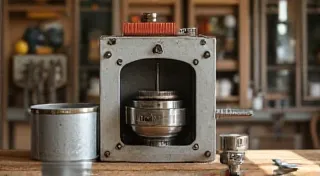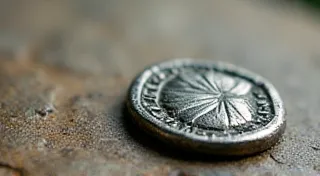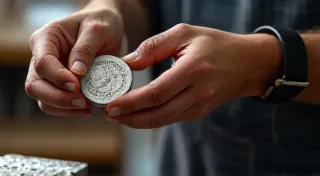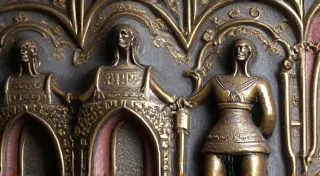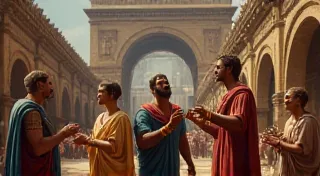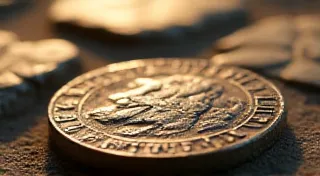Advanced Patina Techniques: Achieving Antique Authenticity
So, you've mastered the basics of applying a patina to your Roman coin replicas? Wonderful! But to truly achieve that weathered, centuries-old look that separates a good replica from a great one, you need to move beyond simple chemical reactions. This article explores advanced patina techniques to impart realistic aging effects that will impress even the most discerning ancient history enthusiast.
Understanding the Science of Patina (A Quick Recap)
Before diving into advanced methods, let's briefly review the underlying chemistry. Patina isn’t just “green stuff” – it’s a complex layering of oxides, carbonates, sulfides, and other compounds formed by the interaction of metal with the environment over time. The specific color and texture depend on the metal’s composition (copper, silver, bronze are common in Roman coins), the soil conditions, and atmospheric factors.
Beyond Basic Solutions: Introducing Layering and Masking
The most fundamental shift to advanced patination is layering. Rather than applying a single solution, use a sequence of different patinating agents. For example:
- Initial Oxidation: A weak copper sulfate solution can create a base layer of green oxidation. Allow this to dry completely.
- Bronze Tones: Follow with a solution of liver of sulfur (ammonium polysulfide). This will deepen the color, adding bronze and brown hues.
- Subtle Highlights: Gently apply a weak acid, like vinegar diluted with water, to areas you want to appear brighter – coin edges, raised details. Be extremely cautious here; too much acid will eat into the metal.
- Iron Oxide Wash: A very thin wash of iron oxide solution can introduce reddish-brown tones, simulating the effect of iron-rich soil.
Masking is crucial for controlling the process. Use artist’s tape, latex, or even beeswax to protect specific areas of the coin replica while applying certain solutions. This is especially useful for highlighting design elements.
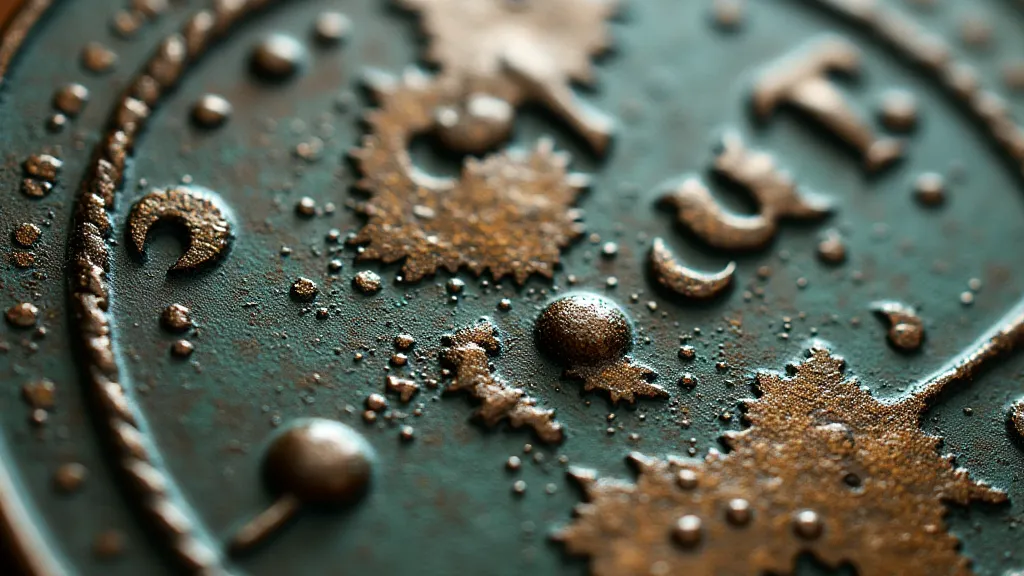
Simulating Environmental Factors
Consider the conditions the original Roman coins were exposed to. Coins found in arid regions will have different patinas than those from coastal areas or swampy environments. To simulate these variations:
- Simulated Soil: Gently rub the coin replica with a mixture of fine clay powder and a small amount of moisture. This adds a "ground-in" appearance.
- Controlled Oxidation: Cover parts of the coin with wax or tape and expose the uncovered area to humid air for a controlled period to promote more uniform oxidation.
- Micro-Scratching: Use fine-grit sandpaper (extremely fine!) to create subtle scratches, mimicking the wear and tear of centuries in circulation. This is an advanced technique requiring a steady hand.
Working with Different Metals
While this article primarily focuses on copper-based alloys (bronze, copper), the principles apply to silver replicas as well. However, the chemicals used will be different. Silver reacts differently and requires specialized silver-patina solutions. Experimentation is key – always test on scrap pieces first!
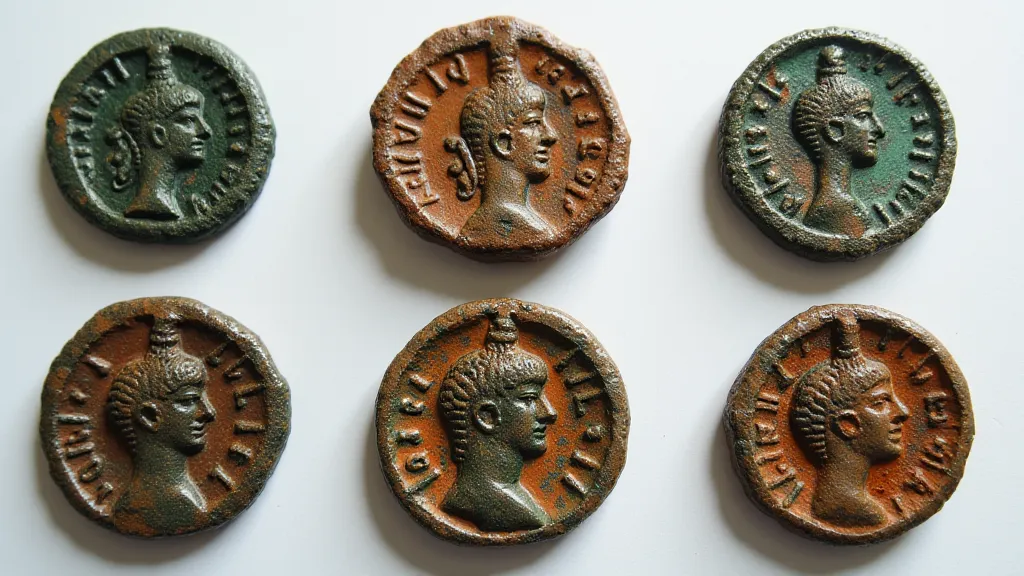
Advanced Considerations: Bio-Patina (Proceed with Caution!)
Some advanced practitioners explore "bio-patina" techniques, utilizing microorganisms to accelerate the oxidation process. This is a complex and potentially unpredictable process, and requires thorough research and a controlled environment. It’s not recommended for beginners due to potential health hazards and difficulty in controlling the results.
Troubleshooting and Common Mistakes
- Uneven Color: Likely due to inconsistent application or varying metal thickness.
- Pitting: Too strong acid or prolonged exposure to corrosive chemicals.
- Loss of Detail: Too harsh abrasion or improper masking.
- "Fake" Appearance: Lack of subtlety and layering. A truly realistic patina is complex and nuanced.
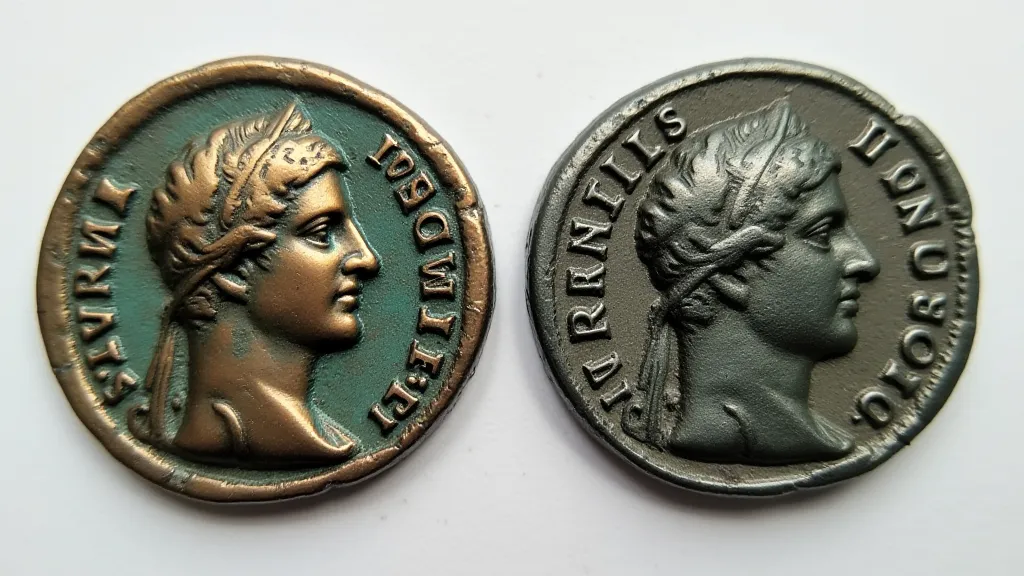
Conclusion
Mastering advanced patina techniques takes time, patience, and experimentation. Don't be afraid to try new approaches and learn from your mistakes. The goal is not to simply color the coin replica, but to create a compelling illusion of age and authenticity that transports the viewer back to the Roman Empire.
